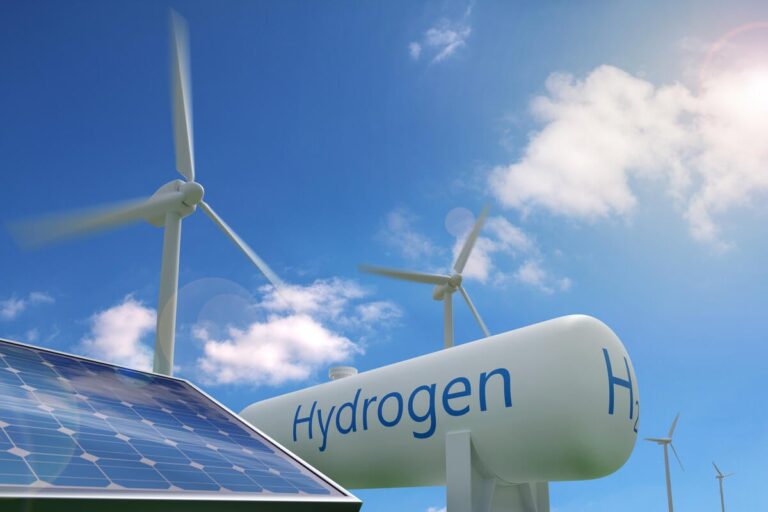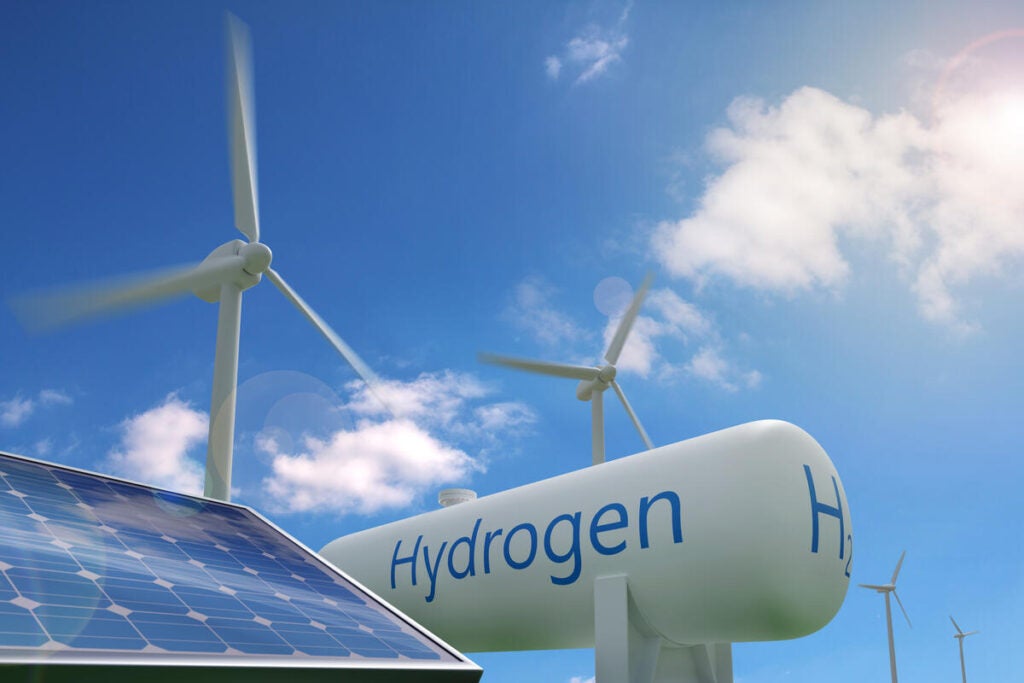By Fred Krupp, Manish Bapna and Armond Cohen
Originally published in themessenger.com, December 2023 (no longer in circulation).
It’s a make-or-break moment for hydrogen’s role in our clean energy future. Hailed for its potential to flexibly deliver energy without polluting the climate, hydrogen could be a valuable climate solution if we get it right. That’s why the Biden administration is deploying vast new incentives to jumpstart a new clean hydrogen economy. But hydrogen isn’t without risk, which is why the details of these programs matter.
The Treasury will soon release rules for billions of dollars of clean hydrogen production tax credits established under the Inflation Reduction Act , while the Department of Energy is preparing to reveal the first projects chosen for its $8 billion network of Hydrogen Hubs — which includes up to a billion dollars to spur hydrogen demand.
Keep clean hydrogen clean Click To Tweet
But hydrogen brings climate challenges of its own. How it is produced, managed and used all matter. Get those right, and these investments could have an enormous benefit. But get those wrong, and we risk squandering huge resources on projects that could increase climate pollution by hundreds of millions of tons while worsening local air quality.
Making hydrogen is highly energy intensive: 99% of hydrogen today is made from fossil fuels, resulting in substantial carbon emissions and disproportionate health impacts.
One way of cleaning up production is to capture and sequester the resulting carbon dioxide. But even if this is successfully done — and there are many challenges to solve — producers must also take responsibility for methane emissions upstream on the gas supply chain. We know from studies that methane pollution (80 times more powerful than carbon dioxide in the near term) is already a major problem that industry has not fully addressed.
Hydrogen can also be produced using electricity. But even this requires a lot of energy, and without safeguards to ensure the electricity is carbon free, it could take us backward by diverting wind, solar and other zero-carbon resources and increasing generation from fossil fuels.
Then there is the hydrogen molecule itself. The smallest element on the periodic table, it’s so tiny that half a million hydrogen molecules can sit side-by-side in the width of a human hair. That makes hydrogen highly prone to escape. When it does, scientists say it can trap nearly 40 times more heat than CO2 over the first 20 years in the atmosphere.
There are several key steps the Biden administration can take to help make sure the hydrogen economy we’re investing in delivers on its climate promise.
The IRA clean hydrogen tax credits are an opportunity to get hydrogen production right — but we shouldn’t subsidize hydrogen that is clean in name only. Treasury Secretary Janet Yellen’s team should require hydrogen powered by electricity to abide by three pillars: Rely on new clean power, which is located in the same region and running during the same hours as hydrogen production. In other words, for hydrogen to be climate-friendly it needs to be produced with clean power that’s new, near and now.
Many renewable energy and hydrogen companies support this approach as being compatible with industry scale-up, and experience in Europe has already demonstrated that the three pillars will support industry growth. In addition to preventing increased grid pollution, the three pillars will encourage investment in U.S.-made hydrogen technologies that can compete on the global market.
Likewise, hydrogen made from natural gas with carbon capture shouldn’t get a pass for upstream methane pollution. Agencies should use more accurate emissions estimates to determine tax credit eligibility, and producers should adopt proven best practices to prevent methane and hydrogen leaks at the outset.
End-use incentives should be targeted where they make climate sense. This includes uses that cannot be directly electrified — such as heavy industrial processes and shipping or aviation — rather than uses like home heating and cooking or light-duty vehicles.
Hydrogen Hubs are another chance to get production, management and usage right — with the potential to bring in high-quality local jobs, air quality investments, inclusive siting practices and address community concerns about disproportionate health and environmental burdens. The administration should target hard-to-electrify end uses and require winning projects to use the latest technologies to measure and prevent even small hydrogen leaks.
Local engagement should be built in from the start, along with strong safety standards and robust protections for air and water. Partnering with communities early not only promotes good project design, but it will help ensure the durability of clean hydrogen as a climate tool.
Doing hydrogen right can bring about a flexible new energy resource that catalyzes our climate goals and secures our spot as a global market leader. But cutting corners risks squandering billions of dollars on unsustainable assets and exacerbating pollution disparities.
Let’s show the world what a U.S. hydrogen economy can do for the climate.
Fred Krupp is president of Environmental Defense Fund.
Manish Bapna is president of Natural Resources Defense Council.
Armond Cohen is executive director of Clean Air Task Force.


